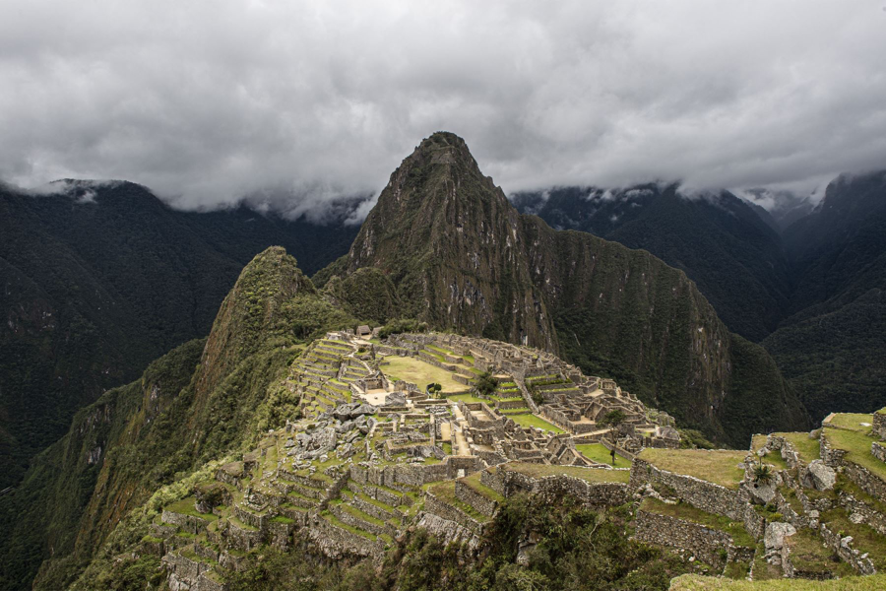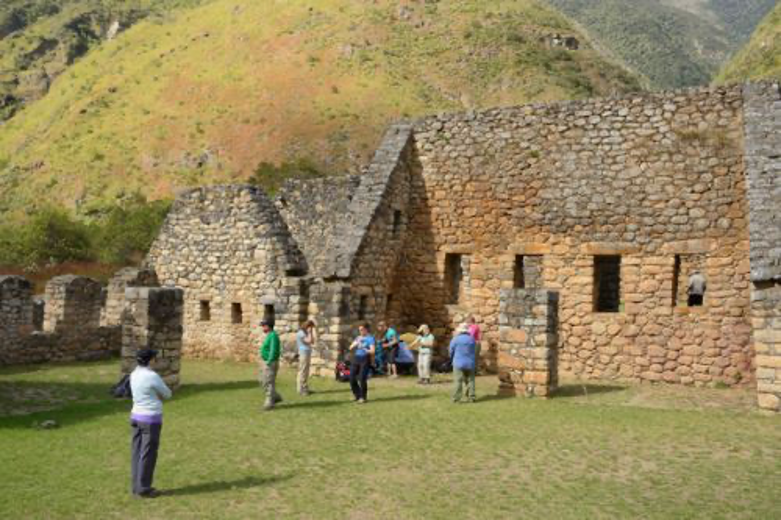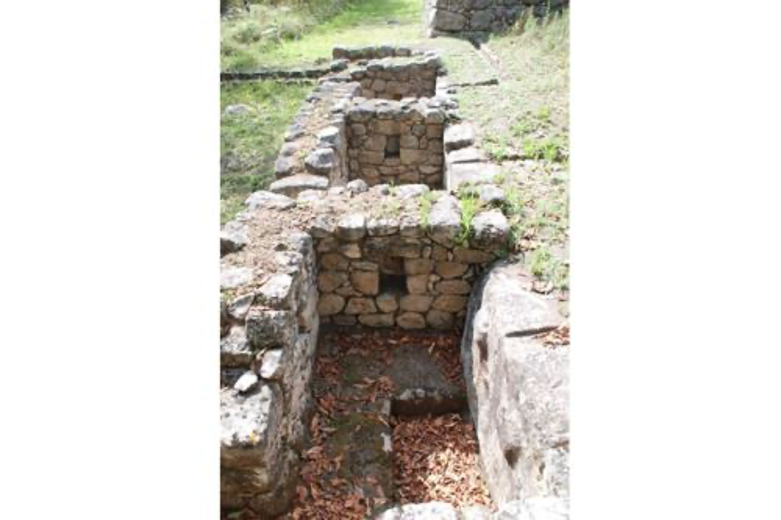
The remarkable discovery of a network of aqueducts at the archaeological site of Chachabamba —located in the Archaeological Park of Machupicchu, Peru’s most popular tourist attraction— has caught the attention of prestigious scientific publications such as the National Geographic, and international media outlets like Telemundo and Clarin.
The above-mentioned publication and media outlets have highlighted the importance of the new discovery made in one of the new seven wonders of the modern world.
The details of this impressive find —made by a team of Polish researchers with the support of experts from Cusco’s Decentralized Culture Directorate (DDC)— were published in the January edition in the Journal of Archaeological Science.

The discovery of these aqueducts —hidden by the dense vegetation that characterizes the edge of the jungle, where the archaeological site is located— was made possible with the help of laser-equipped drones capable of scanning the brushwood and identifying what is underneath.
“Three-dimensional documentation techniques were used to produce hydrodynamic analyses of the site, which facilitated the preparation of appropriate models that are key to understanding the function of the entire water system,” the scientific publication states.
The research at the Chachabamba archaeological site —located at 2,171 m.a.s.l. on the left bank of the Vilcanota River, at Km 104 of Cusco-Hydroelectric Station railway that leads to Machupicchu— determined that the function of this water complex was strictly ceremonial and that the Incas built water systems to legitimize their domination in the area.

World-wide resonance
National Geographic emphasized that a dozen small structures were identified less than five miles from the ruins of the 15th-century Inca city, on the outskirts of a ceremonial site called Chachabamba.
The publication stated that “the scientists used new technologies such as the LiDAR scanner, used for the first time in the region, due to how complicated it is to explore an area densely populated by vegetation.”

Hidden archaeological treasure
The discovery of the underground channels also deserved a special article on the website of Telemundo, which cites the testimony of Dominika Sieczkowska —leader of the research— who remarks that Chachabamba played a key role on the trail towards Machupicchu and that “only very privileged people could get there.”
Incredible network of stone channels
For its part, the prestigious newspaper Clarin, of Argentina, reports that “the recent Machupicchu discoveries, which include parts of a water system that ran through the area, are yielding new insights into the Inca civilization and the role of ceremonial complexes in the city (of Machupicchu).”
It underlines that, in view of the difficult topography of the area and the vegetation that made conventional exploration difficult, researchers had to use new technologies such as the LiDAR scanner, and this was the first time they used it in the area.
“Thanks to the combination of the scanner and a drone, experts found a series of structures that had been forgotten until then. LiDAR —a relatively new tool in archaeology— is becoming an essential way for scientists to study areas that were once too dangerous or inaccessible,” Clarin stated.